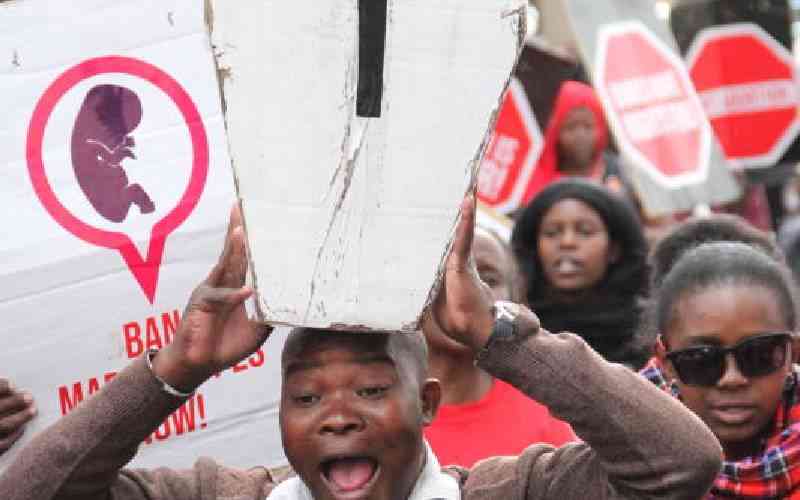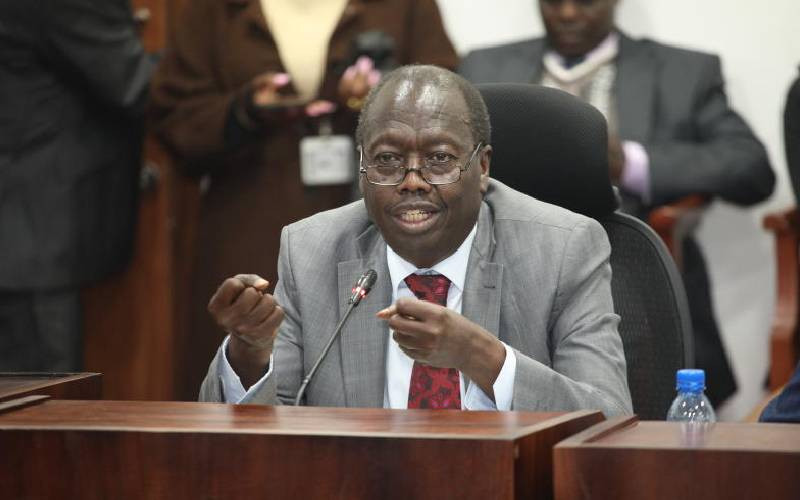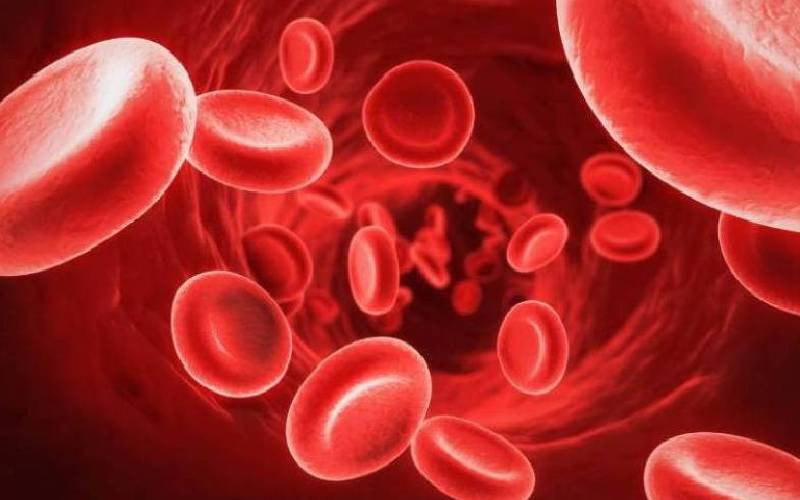
Lydia Wangeci is busy taking care of her ailing husband at her Majengo village home in Nyeri County.
Apart from her bedridden husband, two of their children are epileptic and need close supervision and Wangeci’s own health is also not good as she has high blood pressure.
Wangeci, 68, worked hard to hide her frustrations under a broad smile when The Standard visited her home. However, sadness is written all over her face.
Facts First
This story continues on The Standard INSiDER. Subscribe now for unfiltered journalism that holds power to account.
Already have an account? Login
 The Standard Group Plc is a multi-media organization with investments in media
platforms spanning newspaper print
operations, television, radio broadcasting, digital and online services. The
Standard Group is recognized as a
leading multi-media house in Kenya with a key influence in matters of national
and international interest.
The Standard Group Plc is a multi-media organization with investments in media
platforms spanning newspaper print
operations, television, radio broadcasting, digital and online services. The
Standard Group is recognized as a
leading multi-media house in Kenya with a key influence in matters of national
and international interest.











